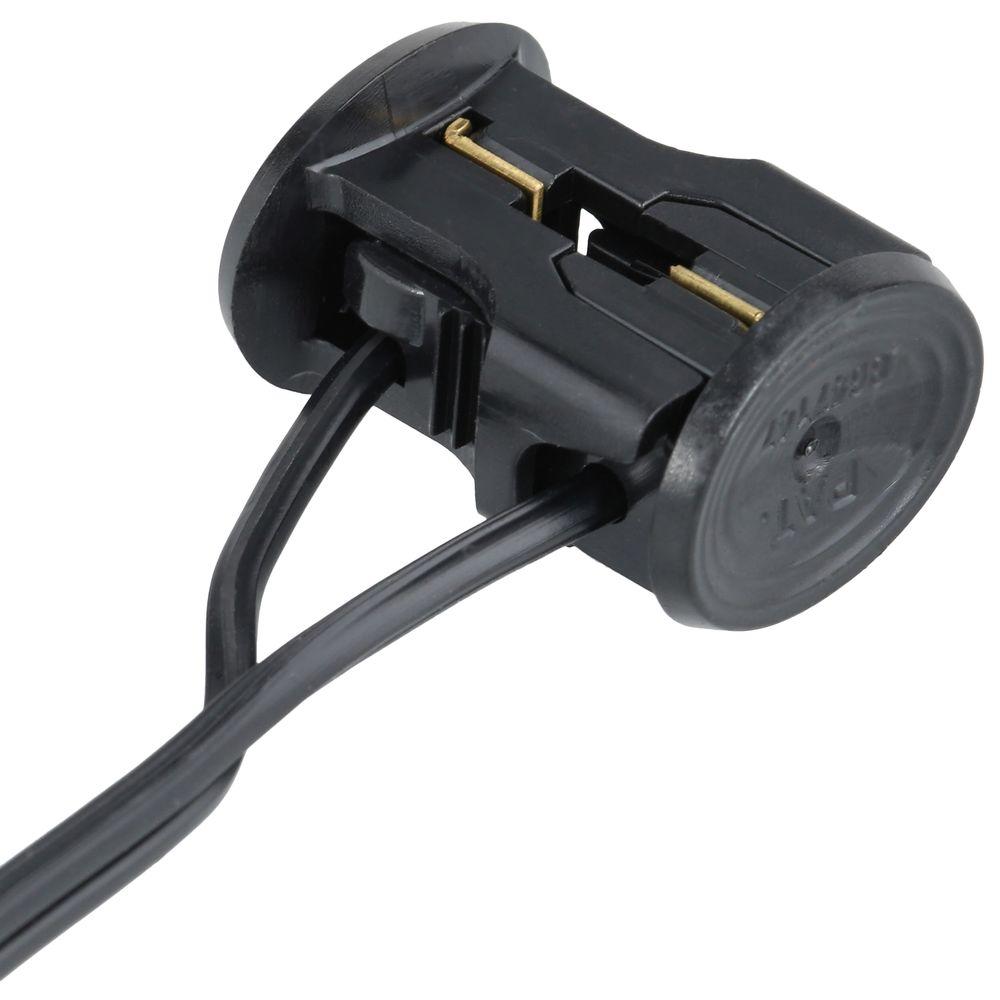

This layout can be tricky since you need to be extremely careful not to cross the wire, meaning mix up which wire end was connected to which wire on the load side of the transformer.
12 VOLT LANDSCAPE LIGHTING CONNECTORS FULL
Loop – This is a series run but instead of ending the wire at the last fixture, you arrange it so the wiring comes full circle, making a big “loop” back to the transformer. Split Tee – Basically multiple tee runs, all to one transformer. Make sure to use heavier gauge wire like 10 or 12 or a double run of wire to form the center leg of the “T”. Tee – If you need to run wire for a lengthy distance like under a sidewalk or driveway, a tee run places the transformer at the end of the center for the “T” while the legs spread out on either side. Split – Multiple series single runs wired back to one transformer is known as a split run. The wiring is an easy, single run with lights located along the length of the wire. Series – Also known as a “daisy chain”, series is the most common layout but also the most likely to incur voltage issues. Here are 5 general lighting layouts for landscaping:

Your first fixture should maintain about a 10-foot distance from the transformer to prevent it from getting too much voltage and burning out prematurely. Your transformer should be centered in your layout in case you have to wire more than one line, i.e.
12 VOLT LANDSCAPE LIGHTING CONNECTORS INSTALL
Once you’ve chosen a place to install your transformer near your home, then key thing to remember is avoiding voltage drop. Step 1 – Lay out your fixtures and landscape wire PVC pipes, couplers, and caps (to weatherproof connections to path lights) Weather-treated wood post for your transformer

Wire clips and stainless steel screws (for mounting cables to trees) Weatherproof cover for your GFCI outlet (if your transformer is a plug-in model) Weatherproof wire nuts (with sealant in them) There are also these optional materials, which are dependent on your lighting layout or preferences:Ī timer or photocell (if it’s not already built into the transformer) This post is step-by-step instructions for installing your lights.Īs a recap, you’ll need these materials to install your lights:ġ2-Volt landscape lighting fixtures of your choiceġ2-Volt, outdoor- rated transformer (rated for at least the total wattage of your fixtures)ġ00 feet or more of 10- or 12-gauge landscape wire (listed for direct burial) Part 1 of our guide explains which materials you need, what kind of low voltage options you have, and a few tips on where to place your fixtures. You will see the light just ON, so connection is set.Low voltage landscape lighting is a breeze with the right fixtures and a plan to place them. Tightly turn the Locker handle (H) to closed direction. Step 4:Make sure your transformer output is ON. Step 3:Open the locker handle (H) by turning to arrow direction, put the main wire (G) into the silicon seal 2 (F) make sure you can see the two flat pin pier comes out through the two flat holes on the Silicon seal 2 Note: Use the thinner silicon seal (F) for 12AWG main wire and the thicker silicon seal for 14/16AWG main wire. Note: by tightening the screw cap (B), it will make ensure the wire ends. Step 2:Inset the group unit (ABCD) to the side-hole connector (E), make sure the ends of two lighting wire touch at right place by aligning flat side with the inner flat side on the side-hole connector (E) unit’s hole, tighten the screw cap(B). Step 1:Split apart the wire for landscape light (A) about 1 inch, pass the wire through screw cap (B) and wire sleeve (C) until it reaches the end of the silicon seal 1


 0 kommentar(er)
0 kommentar(er)
